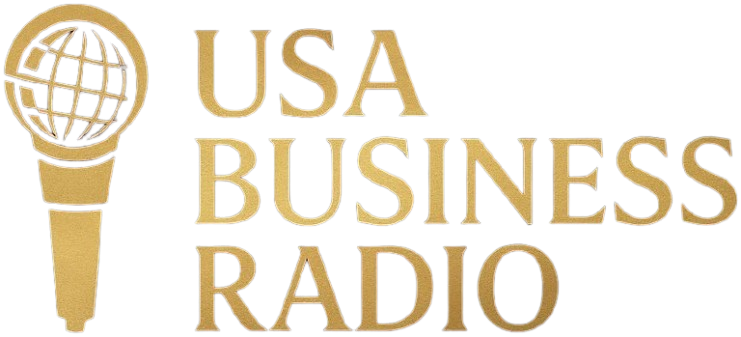By The Harris Poll, Special for USDR
No matter how many times we’ve been told not to judge a book by its cover, waiting to pass judgement on something until after we get past its outside has never been an easy task for people to accomplish. Whether it’s what we’re reading or who we’re meeting, people have a tendency to set expectations based on surface assessment. But does the same hold true for what we eat? According to a recent Harris Poll, about eight in ten Americans (81%) confirm that appearance (i.e., not blemished or misshapen in any way) is at least somewhat important to them when shopping for fresh produce (i.e., fruits and vegetables), with 43% saying it is very or extremely important.
When listed alongside other fresh produce descriptors, appearance proved to be more important than provenance (i.e., locally grown or sourced), the retailer’s food waste practices, and organic. However, the price and seasonality are more likely to be important to a purchaser than appearance.
“Whether ‘ugly’ or not, produce is on the rise, up 5% in U.S. dollar sales in the latest 52 weeks ending July 30, 2016,” said Jen Campuzano, Director Fresh Perishables at Nielsen. “Choosing healthier and more natural products has become a priority for households across the country. For some, this means transparency in labeling, opting for foods with basic ingredient lists or embracing fruits and vegetables, blemishes and all.”
These are some of the results of The Harris Poll® of 2,025 U.S. adults aged 18+ and surveyed online between August 10 and 12, 2016. Complete results of this study can be found here.
Ugly produce
Despite the weight Americans place on appearance, more than three in five adults (62%) say they would be at least somewhat comfortable eating “ugly produce,” that is, fruit or vegetables that may be misshapen but otherwise taste the same. Moreover, three quarters of adults (76%) would expect to pay less for “ugly produce,” while a fifth (20%) could see paying the same as usual.
Despite professed comfort with eating ugly produce, fewer than three in ten Americans (28%) recall buying “ugly produce” in the past year, compared to 51% who are sure they did not and 21% who are not sure either way. And of those who bought “ugly produce,” six in ten (61%) did so for the price discount.
Food waste
While the primary reason Americans bought “ugly produce” was price, the runner up answer from more than a fifth (22%) of purchasers was that they wanted to reduce food waste. Americans estimate that, typically, 10% of the groceries they buy are wasted, that is, spoil or go bad before they can be eaten. Over eight in ten Americans (84%) are at least somewhat concerned about the issue of food waste, primarily because they would like to be less wasteful (62%).
So how do Americans believe we can reduce household food waste? Nearly half (46%) of adults believe better storage for fresh produce is the key to waste reduction, followed closely by more than 2 in 5 (42%) who advocate buying less food, more frequently. Another 38% believe the solution is better meal planning, while 35% say it would help if smaller package sizes were available in the grocery store.
To see other recent Harris Polls, please visit our website, TheHarrisPoll.com.
Want Harris Polls delivered direct to your inbox? Click here!
Methodology
This Harris Poll was conducted online, in English, within the United States between August 10-12, 2016 among 2,025 adults aged 18+. Figures for age, sex, race/ethnicity, education, region and household income were weighted where necessary to bring them into line with their actual proportions in the population. Propensity score weighting was also used to adjust for respondents’ propensity to be online.
All sample surveys and polls, whether or not they use probability sampling, are subject to multiple sources of error which are most often not possible to quantify or estimate, including sampling error, coverage error, error associated with nonresponse, error associated with question wording and response options, and post-survey weighting and adjustments. Therefore, The Harris Poll avoids the words “margin of error” as they are misleading. All that can be calculated are different possible sampling errors with different probabilities for pure, unweighted, random samples with 100% response rates. These are only theoretical because no published polls come close to this ideal.
Respondents for this survey were selected from among those who have agreed to participate in Harris Poll surveys. The data have been weighted to reflect the composition of the adult population. Because the sample is based on those who agreed to participate in our panel, no estimates of theoretical sampling error can be calculated.
These statements conform to the principles of disclosure of the National Council on Public Polls.
The results of this Harris Poll may not be used in advertising, marketing or promotion without the prior written permission of The Harris Poll.
Product and brand names are trademarks or registered trademarks of their respective owners.
The Harris Poll® #58, September 22, 2016
By Hannah Pollack, Research Analyst, The Harris Poll
About The Harris Poll®
Begun in 1963, The Harris Poll is one of the longest running surveys measuring public opinion in the U.S. and is highly regarded throughout the world. The nationally representative polls, conducted primarily online, measure the knowledge, opinions, behaviors and motivations of the general public. New and trended polls on a wide variety of subjects including politics, the economy, healthcare, foreign affairs, science and technology, sports and entertainment, and lifestyles are published weekly. For more information, or to see other recent polls, please visit our new website, TheHarrisPoll.com.
SOURCE The Harris Poll




